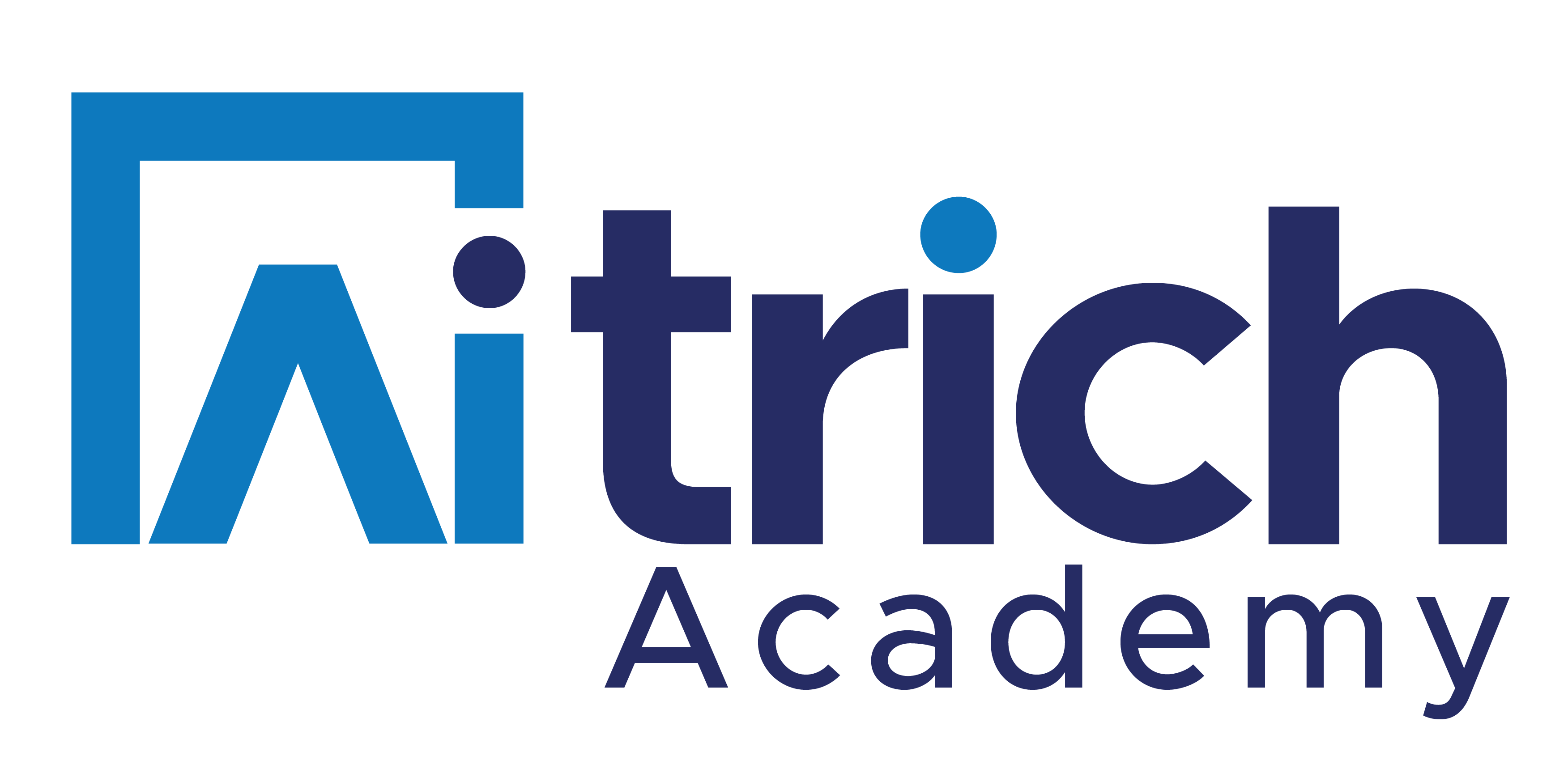Front-End Web Developer
Home > Training Programs > Front-End Web Developer
The front-End Web Developer Training Program
Building a strong foundation for beginners and experienced programmers
This comprehensive front-end web development training program covers a wide range of topics, from web technologies and HTML to CSS, JavaScript, accessibility, and performance optimization. It includes an overview of web applications, as well as a detailed chapter on Bootstrap, a popular CSS framework. The program emphasizes best practices throughout, such as semantic HTML, responsive design, and collaborative coding, and provides ample opportunities for project-based learning and code review.
Graduates of this program will have a strong foundation in front-end web development, with the skills and knowledge needed to build dynamic, responsive, and accessible web applications. They will also be well-prepared for careers in web development and related fields, with a deep understanding of current web technologies and best practices.






Program Objectives
- To introduce learners to the fundamental concepts and technologies of front-end web development, including HTML, CSS, and JavaScript.
- To provide learners with a strong foundation in web design principles and best practices, such as accessibility, performance optimization, and responsive design.
- To teach learners how to build dynamic and interactive user interfaces using JavaScript and the Document Object Model (DOM).
- To familiarize learners with popular CSS frameworks, such as Bootstrap, and teach them how to customize and theme these frameworks to meet the needs of their projects.
- To provide learners with ample opportunities for project-based learning and collaborative coding, allowing them to apply their skills in real-world settings and receive feedback from peers and instructors.
- To emphasize best practices throughout the program, such as semantic HTML, modular CSS, and object-oriented JavaScript, to help learners build maintainable and scalable web applications.
- To prepare learners for careers in web development and related fields, with a deep understanding of current web technologies, tools, and workflows.
- To encourage learners to continue their education and stay up-to-date with the latest trends and developments in front-end web development.
Program Outline
- Introduction to web technologies
- HTML and CSS
- Web browsers and rendering engines
- JavaScript and the Document Object Model (DOM)
- Best practices
- Introduction to HTML
- Basic syntax and tags
- Document structure and semantics
- Forms and inputs
- Best practices
- Introduction to CSS
- Selectors and specificity
- Box model and layout
- Typography and fonts
- Colors and backgrounds
- Responsive design and media queries
- Flexbox and grid layout
- Best practices
- Introduction to Bootstrap
- Grid system and layout
- Navigation and components
- Forms and inputs
- Customization and theming
- Best practices
- Introduction to JavaScript
- Variables, data types, and operators
- Control structures and functions
- DOM manipulation and events
- Debugging techniques
- Best practices
- CSS preprocessors (e.g. Sass, Less)
- CSS frameworks (e.g. Bootstrap, Foundation)
- Animations and transitions
- CSS architecture (e.g. BEM, SMACSS)
- Best practices





Training Methodology
This program follows Aitrich Training Methodology(ATM), which is designed to provide a real-life software engineering experience to the students.
ATM is a specialized learning methodology that follows standard software engineering principles and practices as part of the whole learning process. It is based on a project-based, team-oriented, and instructor-led approach that emphasizes collaboration, problem-solving, and continuous improvement.
The entire program is designed around a software project that develops a real-life application and the whole batch of students are organized as the team members who develop the system. The team will follow agile methodologies such as SCRUM, and software engineering principles and practices as part of their daily tasks. As the program progresses towards the end, the project will be fully developed by the team members.
At the end of the program, the students will have all the skills of an experienced software engineer who can undertake serious software projects with a sense of ownership.
What other essential skills you earn from this program
Beyond Front-End Web Development
Since this training program is following Aitrich Training Methodology, this program will have the following salient features, besides the technical topics covered:
- Project-Based: This Training Program is conducted as a project-based program, allowing participants to apply what they have learned through hands-on experience with real-world projects. Participants will develop an end-to-end software project using all the topics they’re learning in the training incrementally.
- Agile Development Methodologies: The training program follows Agile development methodologies and uses SCRUM for project management and Kanban for tracking progress.
- Team-Oriented:The training program is designed to foster teamwork, collaboration, and communication among participants, mirroring real-world team environments.
- XP Practices:The training program emphasizes the use of Extreme Programming (XP) practices such as Test-Driven Development (TDD), Pair Programming, and Continuous Integration and Delivery.
- Domain-Driven Design: The training program covers the principles and practices of Domain-Driven Design (DDD), an approach to software development that focuses on the core domain and business logic of the application.
- Architecture and System Design: The training program covers the use of Unified Modeling Language (UML) and other tools for architecture and system design, helping participants develop a deeper understanding of how to design and develop high-quality, scalable software systems.
- Software Engineering Tools: The training program leverages the power of professional software development tools such as Git for Source Control, Trello for Task Management and Jira for Issue Tracking. This will allow the students to get familiar with these essential tools for standard software engineering in professional organizations.





pre-requisites and program duration
This is a beginner level program.
You should have a basic understanding of Windows operating system, familiarity with using personal computers.
Program Duration: 2 Months
fees: INR 30,000
Certification
TO DO


Students testimonial
Discover the Inside Scoop
-Hear From Students Themselves




Advanced Java Programs

Enterprise Java Developer
Enterprise Java Developer is a comprehensive course that covers Java enterprise development concepts and technologies. It is designed to equip learners with the necessary skills and knowledge to develop enterprise-level Java applications.

Java Cloud Native Developer
Java Cloud Native Developer course is designed to teach developers how to build cloud-native applications using Java programming language and modern cloud-native technologies such as containers, Kubernetes, and microservices architecture.
